
The Circularix site in Hatfield, Pa. | Courtesy of Circularix
PET recycling firm Circularix has opened the first of its five planned facilities. Continue Reading

The Circularix site in Hatfield, Pa. | Courtesy of Circularix
PET recycling firm Circularix has opened the first of its five planned facilities. Continue Reading
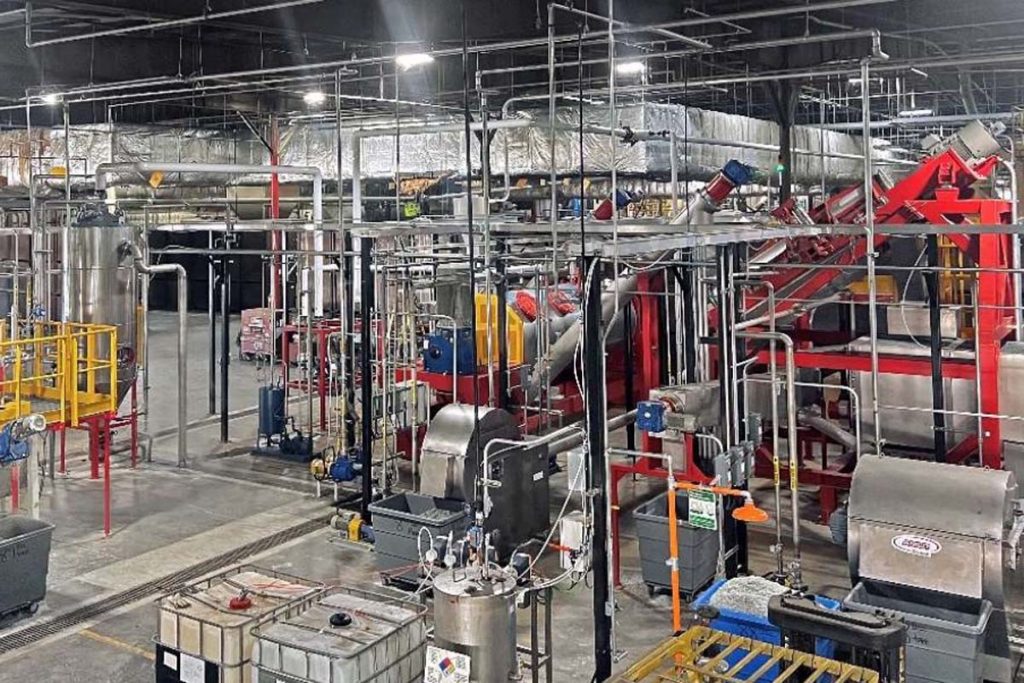
Mohawk Industries installed an AMUT wash line for its PET flake. | Courtesy of AMUT
Flooring manufacturer and PET recycler Mohawk Industries finished updating its Georgia facility, including installing an AMUT flake washing system. Continue Reading
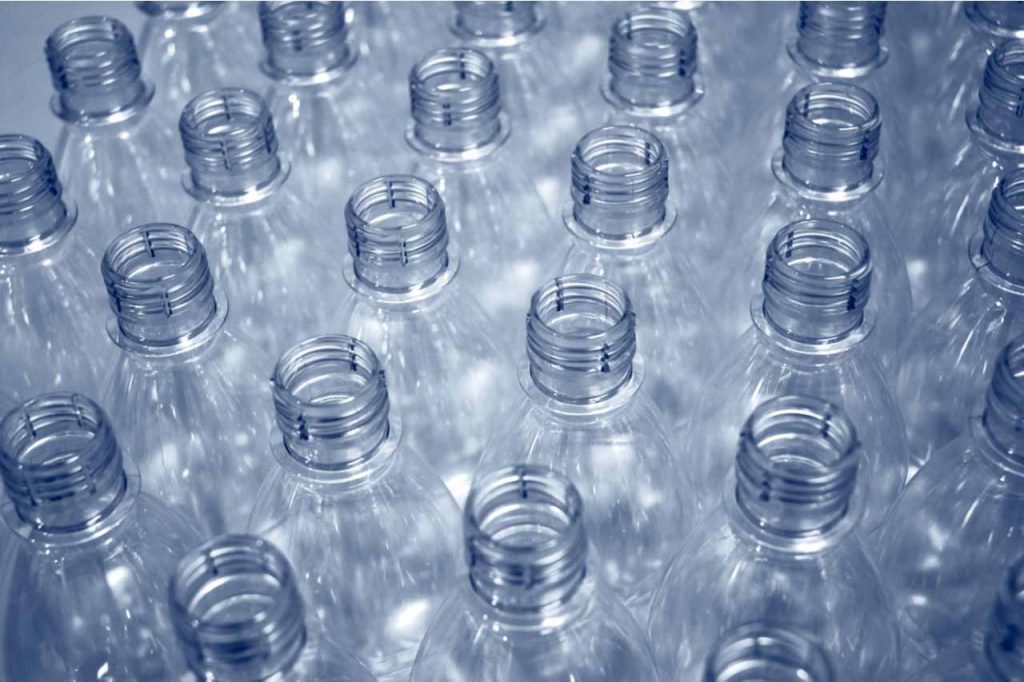
The study looked at mechanical recycling and solvent-based dissolution of PE, PET and PP, as well as enzymatic hydrolysis, glycolysis and vapor methanolysis of PET. | tezzstock/Shutterstock
A study conducted by the National Renewable Energy Laboratory evaluated various PET recycling methods from technical, economic and environmental standpoints to provide a big-picture overview of today’s options. Continue Reading
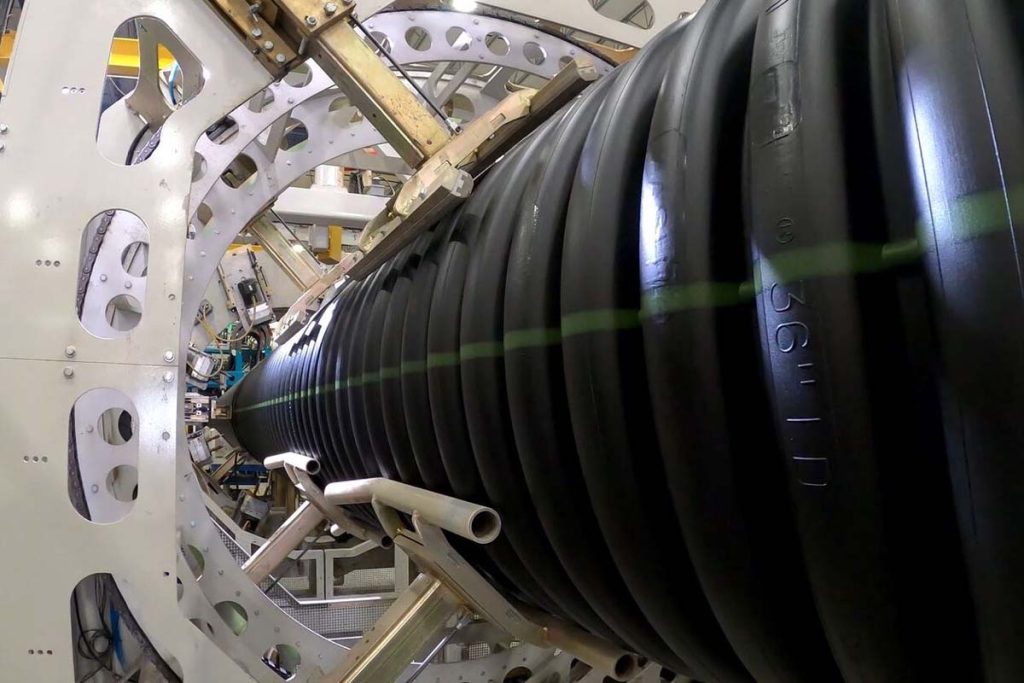
Advanced Drainage Systems (ADS) recycles over half a billion pounds of plastics, including a large portion of the color HDPE produced by U.S. recycling programs, into pipes, septic systems and other water-management products. | Courtesy of ADS
Economic conditions are taking their toll on two huge end users of recycled plastic, Advanced Drainage Systems and Unifi. Continue Reading
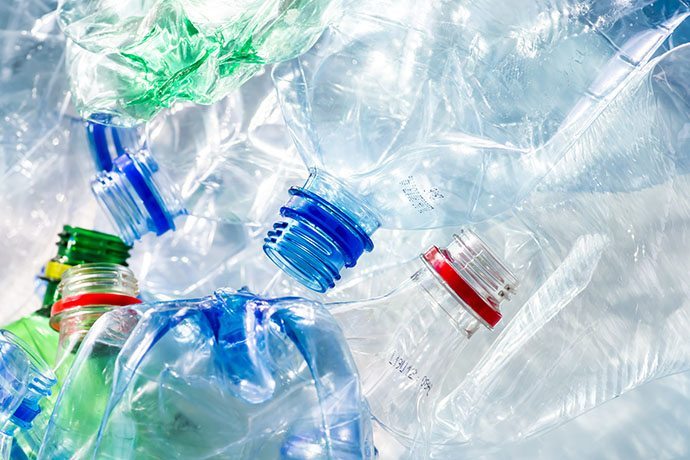
The Recycling Partnership’s first round of grants is intended to help PET recyclers boost their recovery in the short term and build capacity for the long term. | DonPablo/Shutterstock
Resin company DAK Americas, recycled-content thermoforms producer Direct Pack and MRF operator Recycle Source have become the first three recipients of grants from the PET Recycling Coalition.
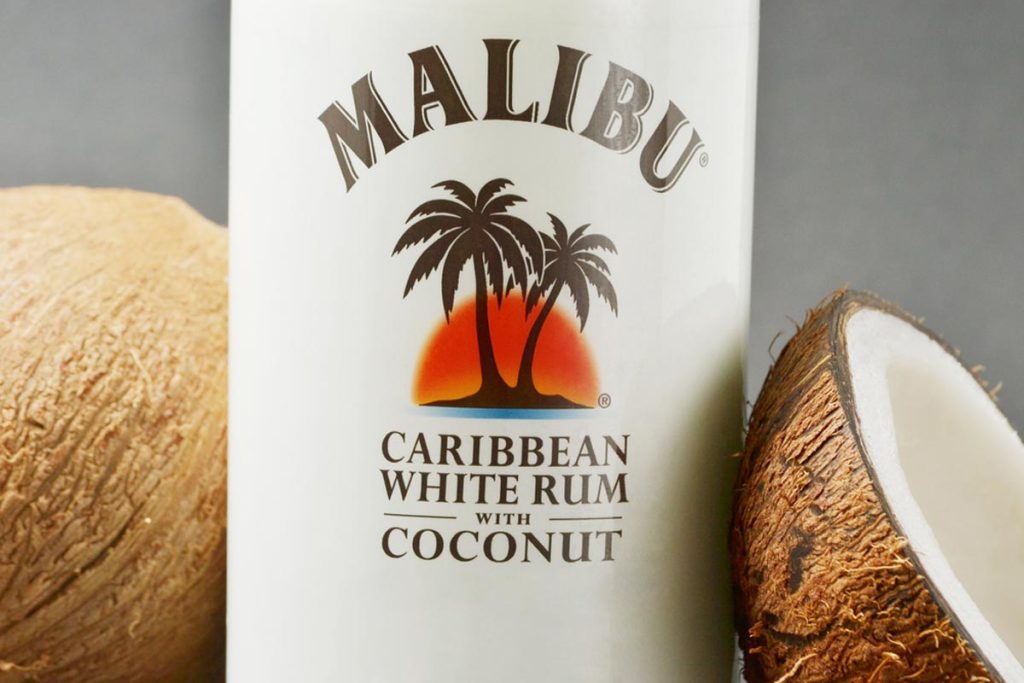
Absolut’s original goal was to include 25% recycled plastic in its packaging by 2025; Malibu is currently at 30%. | By Jfanchin/Shutterstock
The Absolut Company is looking at a variety of ways to make its packaging more sustainable, including increasing recycled content and switching to clear PET. Continue Reading
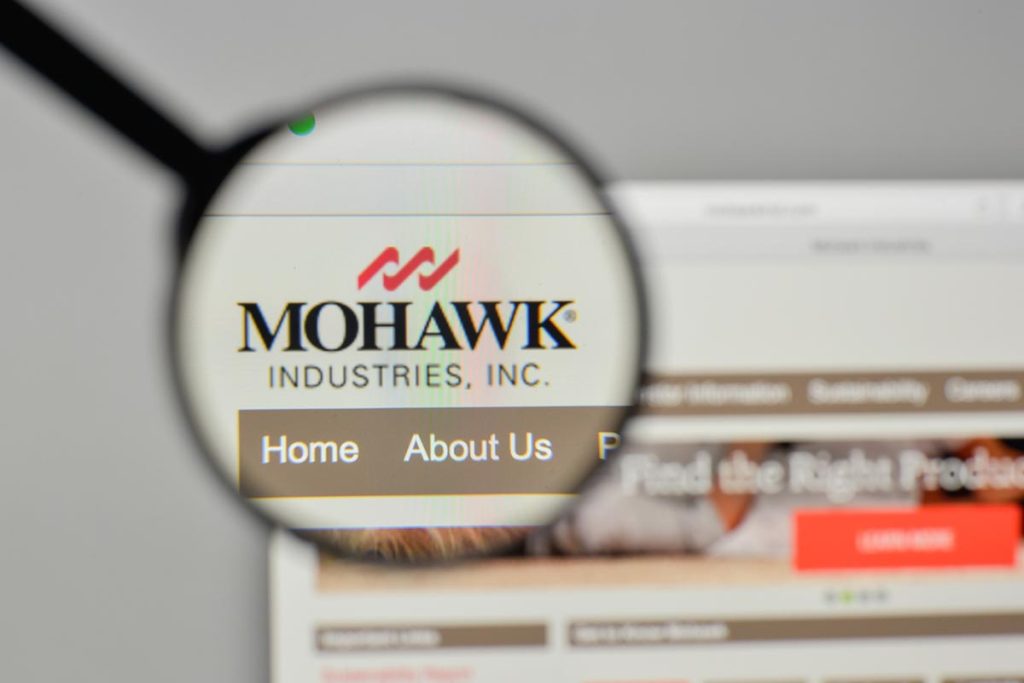
Calhoun, Ga.-based Mohawk Industries attributes weak demand for carpet to interest rate increases, high inflation and reduced consumer confidence in the U.S. and Europe. | Casimiro PT/Shutterstock
Flooring market conditions have worsened faster than Mohawk Industries expected, leading to longer-than-anticipated idling of its carpet factories, the company announced. Continue Reading
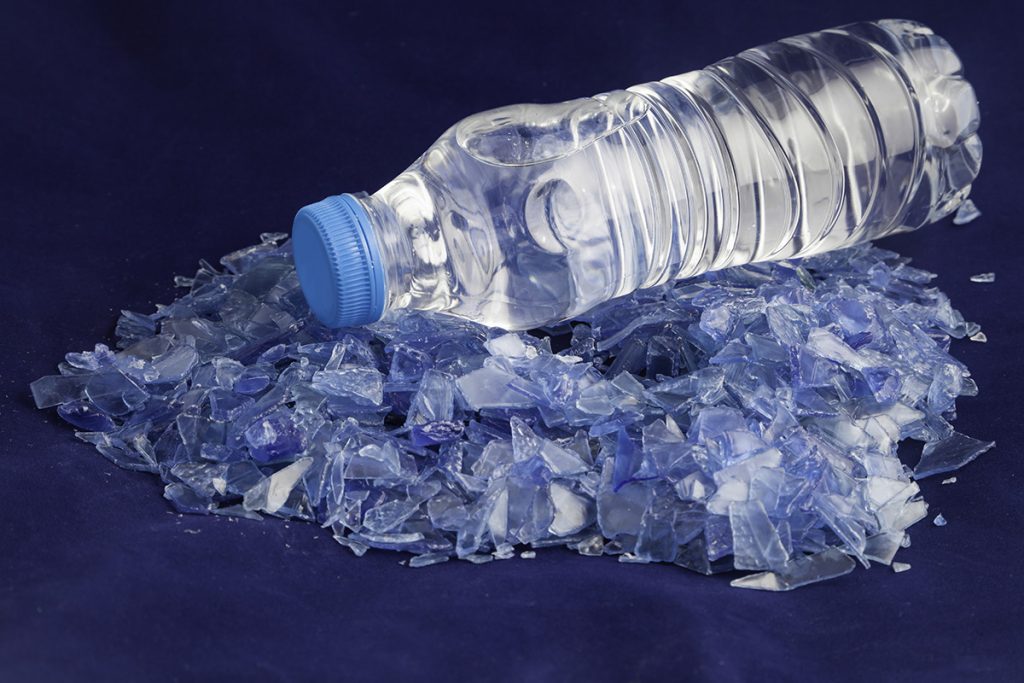
D&W Fine Pack has used RPET for roughly a decade, and is now ramping up its use of post-consumer resins in response to growing demand. | Aykut Erdogdu/Shutterstock
A multi-million-dollar equipment investment is enabling D&W Fine Pack to recycle post-consumer PET flakes into 100% recycled content food packaging. An executive at the company described the project and the benefits it will bring.
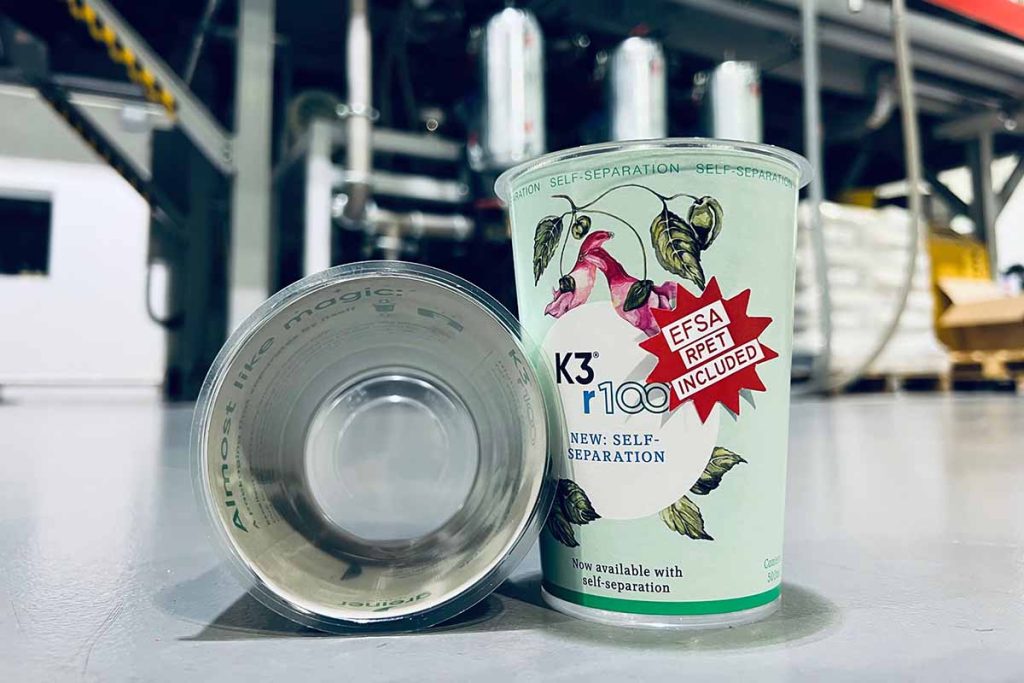
Greiner Packaging was one of several companies to get the go-ahead from the European Food Safety Authority to recycle post-consumer PET into 100% recycled-content food and drink packaging. | Courtesy of Greiner
A scientific review panel has given the green light to several different technologies to recycle post-consumer PET and polyolefins into 100% recycled-content food and drink packaging.
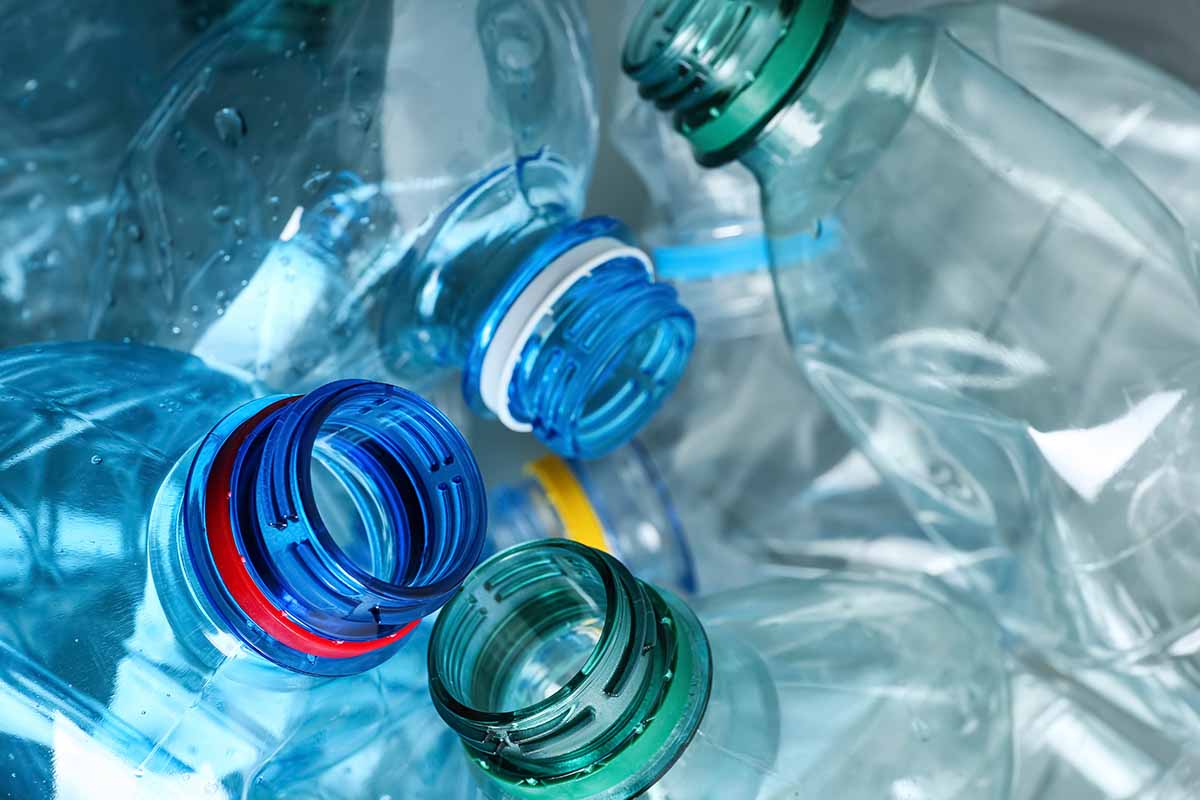
The increase marks the end of a years-long slide in the country’s PET bottle recovery rate, which had been falling since 2017. | New Africa/Shutterstock
The U.S. PET bottle recovery rate made a notable jump last year, reaching 28.6%, according to an industry report published today.

